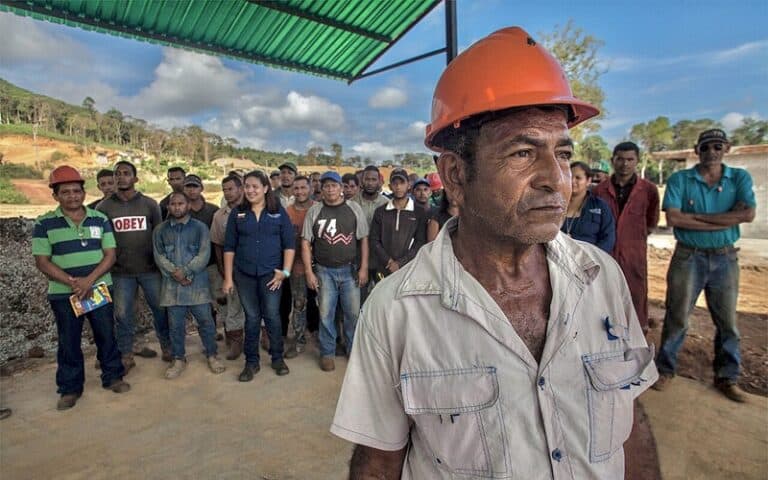Workflows are digitising at an increasing speed due to process orchestration and automation platforms, the spread of cloud-native technologies (with Kubernetes perhaps at the helm) and the rise of agentic and generative artificial intelligence. Driving process intelligence deeper into this space is Aris Task Mining by ProcessMaker, a technology designed to join system processes and manual processes into one. This unification is intended to help organisations to remove process blind spots as they increase the automation of key processes.
As a company, Aris (stylised as ARIS) may or may not derive its name from the concept of Architecture of Integrated Information Systems (ARIS), the organisation behind this technology says its tools are built to “identify inefficient processes” through task mining that captures all manual elements of the end-to-end process.
Manual mining matters
This approach is said to ensure that automations are created accurately and are reflective of the desired outcome of the process. In addition, the new Aris ProcessMaker product will help to fill in missing steps in any process documentation by capturing manual processes.
“We’re seeing customers with 20% or more of their processes happening manually and/or outside of trackable systems. This inevitably means time and costs are wasted. The lack of standardisation also increases the risk of errors that disrupt key functions further down the line. Task mining helps understand what’s happening in these manual processes in detail. The real story of what’s happening is the only sound basis for impactful decisions that improve efficiency,” said Marc Vietor, chief product officer at Aris.
Not a new technology per se (data mining and process mining have been around since the eighties if not before and were first popularised in the nineties), a modern approach to post-cloud task mining is said to help organisations to understand how individuals and teams complete tasks both inside and outside of existing parameters.
Defining untracked processes
As a working example, a sales team’s LinkedIn research on prospects falls outside of a process mining view of a typical customer relationship management (CRM) workflow, but it does still happen. So it is key to the process and could be automated to some degree when it’s understood.
One of the benefits of task mining is that it can help uncover where shadow AI (and shadow IT more broadly) is being used within processes. Research from Aris suggests that many organisations see shadow AI and shadow IT as a problem that contributes to operational chaos.
“Organisations are under a lot of pressure to manage costs, improve their compliance efforts or boost productivity, but they can’t do this with a blindspot in their processes. A powerful combination of process and task mining, as now exists within the ARIS Suite, makes it possible to overcome these challenges and empower organizations to achieve operational excellence,” asserted Vietor.
The Aris-to-ProcessMaker connection
The Aris Task Mining by ProcessMaker product is the result of a new partnership with ProcessMaker, a company known for its low-code business process management (BPM) and workflow software technologies designed to help business analysts to collaborate with IT to automate complex business processes connecting people and existing company systems. By directly selling ProcessMaker as part of the ARIS portfolio of products, the company think they can deliver even greater value.
Alex George, CEO of ProcessMaker, commented, “Collaborating with ARIS enables us to bring the power of task mining and process automation to a much broader global audience. Together, we’re equipping organisations with the tools they need to design, simulate, run and optimise their operations and achieve lasting success.”
Humans still matter, apparently
Vietor’s most pertinent and important words here were arguably also the most non-specific, estimated and arbitrary i.e. that organisations might today establish and operate digital workflows where 20% or more of their processes are happening manually and/or outside of trackable systems. That figure could be 17% or 37% or somewhere in between, what matters now – again, arguably – is that we’re talking about dovetailing in a more directly identified element of manual process mining into our digital system-level process mining activities. Humans are still in the room and knowing what we’re doing in relation to digital workflows really matters.
Free image (above): Wikimedia Commons
